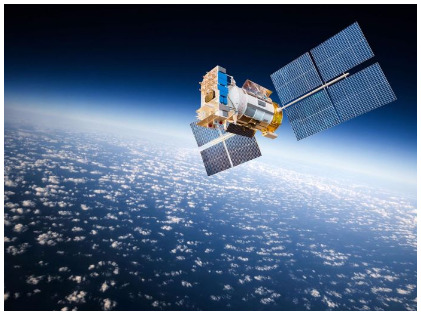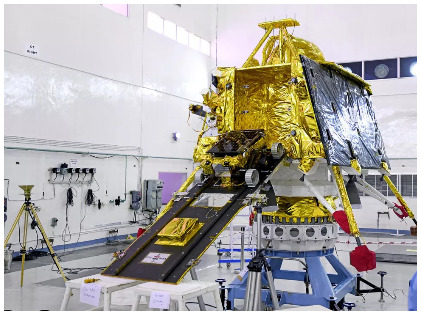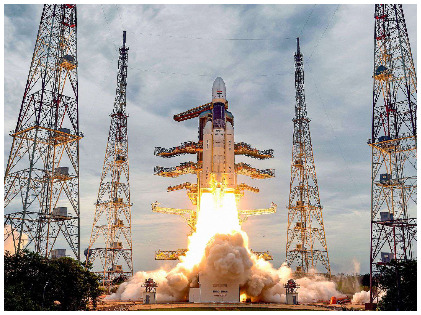We have come a long way since the first satellite, Sputnik 1, was launched into space in 1957. Since then, there have been an astounding 833 crewmembers in 135 space shuttle missions through NASA. Space exploration is an area that will boom in the coming years. New technology and rapidly developing systems and equipment are pacing up the progress. Many nations are competing in space missions, and among the competition is India. This sub-continent country has recently announced through the news that they are planning on their third mission.
Chandrayaan 1
Between October 2008 and August 2009, India launched its very first mission to the moon. This came in the form of a lunar orbiter called Chandrayaan, well known for having contributed to science by discovering water molecules on the surface o the moon.
The name ‘Chandrayaan’ actually translates from Sanksrit into English to mean ‘Moon Craft.’ The Chandrayaan 1 drew inspiration from Kalpansat satellite and was about the size of a refrigerator, weighing approximately 525kg, powered by solar lithium-ion batteries. The Chandrayaan mission was to return scientific information about the moon by collecting data about the moon’s mineralogy, geology, and topography. The spacecraft’s initial work was successful as it mapped an orbit around the moon. The craft made 3400 orbits around the moon until 2009 when the controllers lost communication with the spacecraft permanently. In March 2017, the team found the lost Chandrayaan 1 in polar orbit about 200km above the moon’s surface, spotted by NASA.
Chandrayaan 2
This was India’s moon mission to land on the unexplored polar south of the moon, and unfortunately, things didn’t go as planned. The Chandrayaan 2 was a $140 million mission, which intended to investigate the chances of water deposits deeper in the moon’s craters.
India launched a 142-foot-high spacecraft in Andhra Pradesh with an orbiter called Vikram lunar lander, as well as a six-wheeled moon rover. The Vikram lander, unfortunately, failed, after it lost contact in literally the last few hundred meters, crashing to the surface of the moon. Israel’s moon mission, Beresheet, met the same fate, except that at least India’s Chandrayaan 2 lives on in the form of an orbiter that will continue to orbit the moon for approximately seven years since its launch, albeit on its own.
Chandrayaan 3
India’s latest plans are for a Chandrayaan 3 moon mission. What we know about this mission is that it will happen in 2024, and feature a moon rover as did the Chandrayaan 2.
It was in the news that ISRO has plans to have an operational space station shortly, as well. This will allow them to conduct separate missions to study Venus and the Sun. In 2022, the ISRO will begin working on Gaganyaan, their first manned space mission! Exciting things are happening in the space! And it’s time to stay up-to-date with all the buzz in space research.
ISRO is Blooming
The ISRO has come a very long way, and they have done well, especially with low-cost space missions. The ISRO has been dabbling in space missions since the 1960s, back when parts were made by hand and transported by bicycle. In 2013, the ISRO launched an orbiter that cost them $74 million, which is a whopping nine times cheaper than what NASA could do that very same year! In 2017, ISRO’s incredible low-cost spacecraft enabled them to launch a staggering 104 satellites within just 18 minutes! This incredible launch placed India in the record books!
India is undoubtedly making history when it comes to its space missions. They are the fourth nation to have had the failure they did with Chandrayaan 2, but they will not let that put out their fire. Gearing up for their next space mission within a short span is evident of that!
We expect great things to come from India’s space missions shortly, and we have an eye on the ISRO, who are becoming pioneers in the field of space exploration! There is much to explore in space, making it an area of rapid development. Who knows just what we will learn about space over the next five decades? And who knows who will be responsible for the most significant discoveries? Time will surely tell! So, we wish lady luck favors these nations striving to make a breakthrough in space exploration and hope that their findings help mankind!








